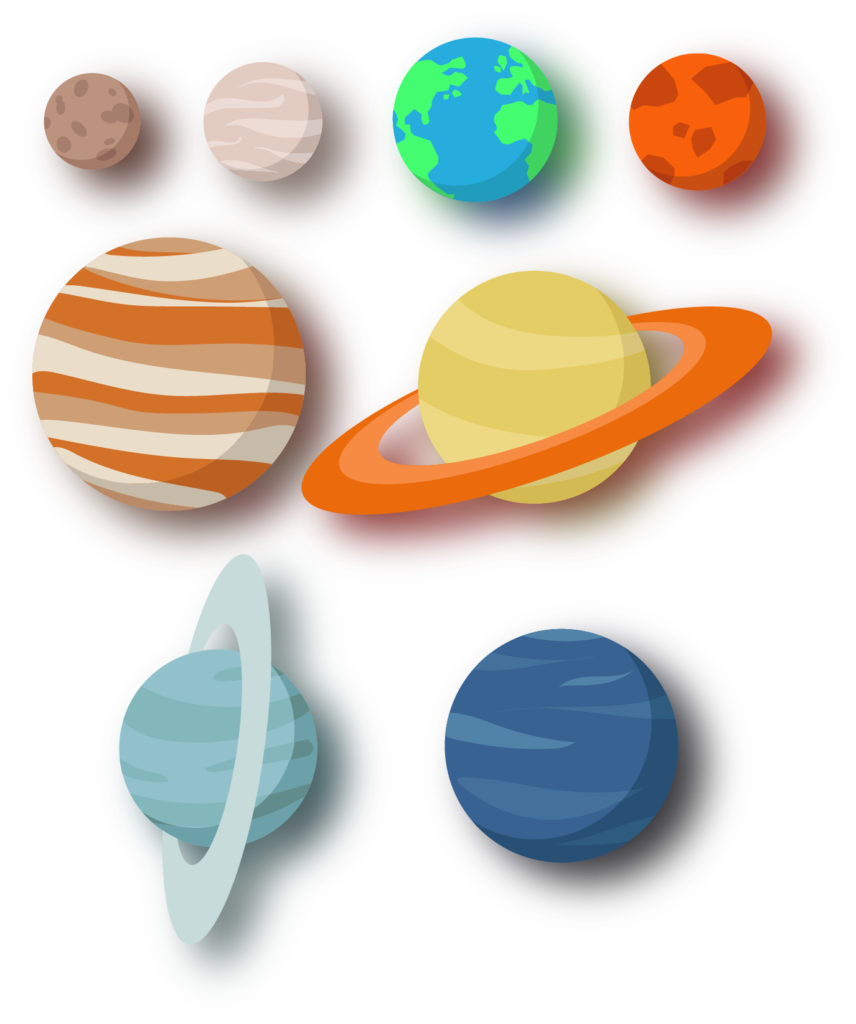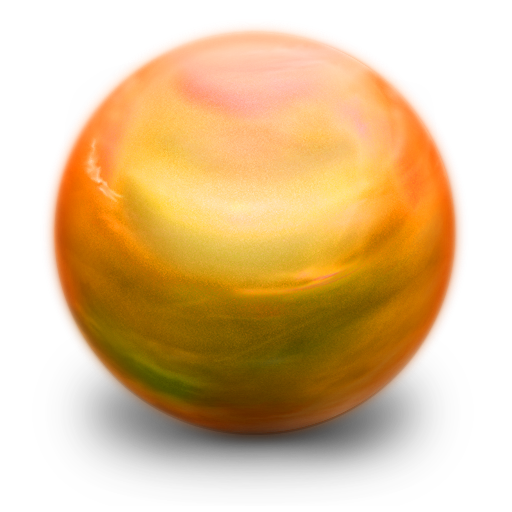The year 2024 promises an exciting array of celestial events that will captivate sky-watchers and astronomers alike. With a planetary overview that includes everything from eclipses to rare planetary alignments, the night sky will offer numerous opportunities to observe the wonders of our solar system. Highlights include not just four eclipses, but also unique planetary alignments that will see all the planets visible from Earth line up in a dazzling display. This planetary overview 2024 serves as your guide to these events, detailing when, where, and how to best experience each astronomical phenomenon.The year 2024 promises an exciting array of celestial events that will captivate sky-watchers and astronomers alike. With a planetary overview that includes everything from eclipses to rare planetary alignments, the night sky will offer numerous opportunities to observe the wonders of our solar system. Highlights include not just four eclipses, but also unique planetary alignments that will see all the planets visible from Earth line up in a dazzling display. This planetary overview 2024 serves as your guide to these events, detailing when, where, and how to best experience each astronomical phenomenon. To know more about planetary overview, you can ask at EssayService.com it is website that help you write essays on various topics.
Planetary Overview 2024: Major Astronomical Events on the Horizon
The planetary overview for 2024 is particularly noteworthy due to the occurrence of several significant astronomical events. Among these, the planetary parade, where seven planets align in the morning sky, stands out as a rare event. This alignment, including the outer planets, will be visible in the constellation Aquarius, providing a spectacular view for those with a clear dark sky. For those interested in astronomy and seeking high-quality writing on such topics, checking essay service reviews can help find reliable assistance in crafting insightful content. Additionally, Saturn retrograde will offer a unique viewing opportunity, particularly for those interested in the movements of the more distant members of our solar system.

New Moon Solar Eclipse: When and Where to Watch
One of the most anticipated events of 2024 will be the new moon solar eclipse, which promises to be a breathtaking sight. This moon solar eclipse is set to occur on April 8, 2024, and will be visible across North America. The path of totality, where the moon completely covers the sun, will pass through several states, offering a rare spectacle for millions of viewers. This event not only provides a unique opportunity for the public to witness the cosmic dance between the Earth, moon, and sun but also serves as a perfect moment for photographers and sky-watchers to capture a truly magical event.

Planetary Overview 2024: Major Astronomical Events on the Horizon
The planetary overview for 2024 is particularly noteworthy due to the occurrence of several significant astronomical events. Among these, the planetary parade, where seven planets align in the morning sky, stands out as a rare event. This alignment, including the outer planets, will be visible in the constellation Aquarius, providing a spectacular view for those with a clear dark sky. Additionally, Saturn retrograde will offer a unique viewing opportunity, particularly for those interested in the movements of the more distant members of our solar system.
The Science Behind a Solar Eclipse: Understanding the Phenomenon
A solar eclipse occurs when the moon passes between the sun and Earth, casting a shadow on Earth and, in some areas, completely blocking the sun. The new moon solar eclipse is particularly special because it requires a perfect alignment of the Earth, moon, and sun, known as syzygy. During this alignment, the moon’s orbital plane intersects with the ecliptic of the Earth, allowing the moon to cover the sun’s disk completely or partially from our viewpoint, creating dramatic changes in daylight and casting an eerie twilight over the landscape.
Full Moon Lunar Eclipse: Viewing Opportunities and Significance
Following the solar eclipse, a full moon lunar eclipse will occur on October 28, 2024. This event will be visible across many parts of the world and will be particularly striking as the full moon passes through the Earth’s shadow, creating a range of visual effects depending on atmospheric conditions. Lunar eclipses are less rare than solar ones but offer a profound reminder of the celestial mechanics at play within our solar system, as they require the sun, Earth, and moon to align closely, with Earth positioned between the sun and the moon.

Differences Between Solar and Lunar Eclipses: Moon’s Role in Each
Understanding the differences between a new moon solar eclipse and a full moon lunar eclipse helps in appreciating their uniqueness. During a moon solar eclipse, the moon obstructs our view of the sun, leading to a solar eclipse; conversely, during a moon lunar eclipse, Earth casts its shadow on the moon, leading to a lunar eclipse. The alignment and position of the celestial bodies define the type of eclipse and the planetary motion involved in each event.

How to Safely Observe Eclipses: Tips for Enthusiasts and Photographers
Observing solar and lunar eclipses can be a thrilling experience, but it requires proper preparation to ensure safety, especially during a new moon solar eclipse when looking directly at the sun can cause serious eye damage. Using proper solar filters or eclipse glasses is essential for viewing solar eclipses directly. For lunar eclipses, standard binoculars or a telescope can enhance the viewing experience, allowing observers to witness the subtle changes in the moon’s appearance as it passes through the Earth’s shadow.
Long-Term Impacts: How 2024’s Celestial Events Influence Astronomical Studies
The celestial events of 2024 will not only delight sky-watchers but also provide valuable data for the scientific community. These events allow astronomers to study the planetary bodies and their orbits in great detail, enhancing our understanding of orbital motion and the dynamics of celestial mechanics. Such studies contribute to our knowledge of the universe and aid in the advancement of science, especially in fields such as astrophysics and orbital mechanics, underscoring the lasting impact of these spectacular moments in the night sky.
WritePaper powerpoint writing services help students develop strong, well-supported essays. These platforms provide reliable solutions for managing assignments while ensuring high-quality work.